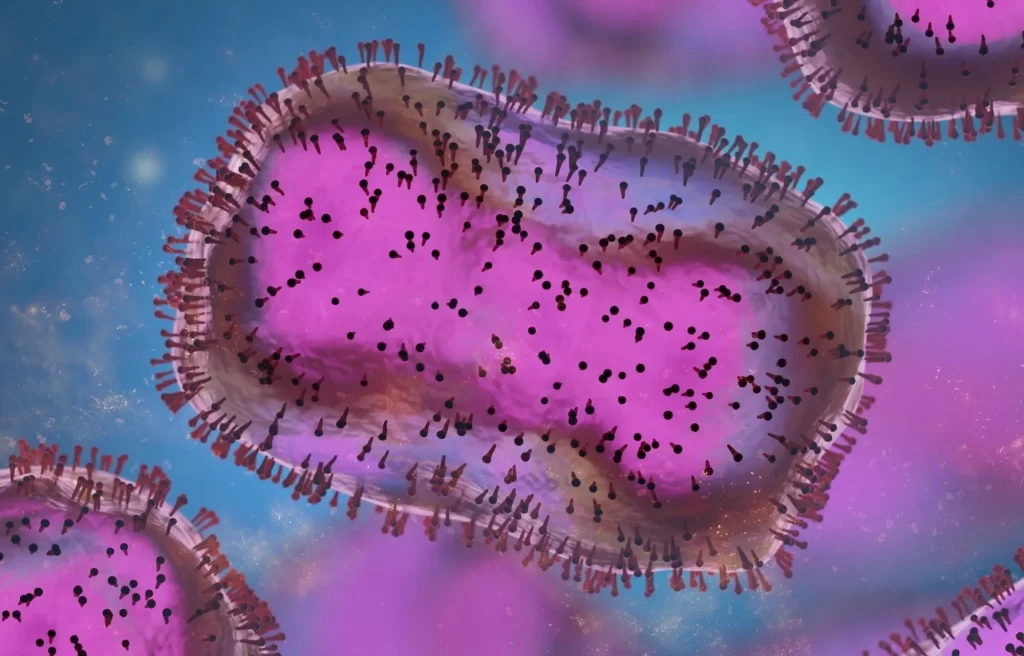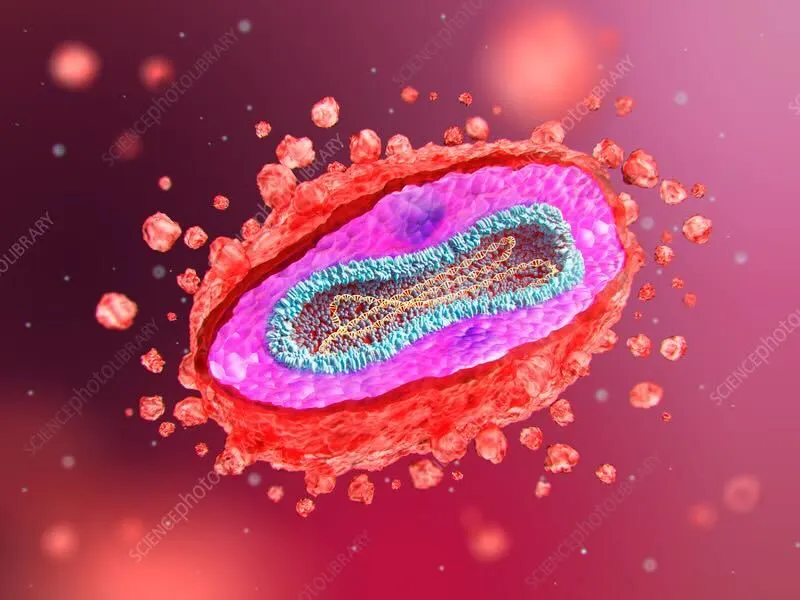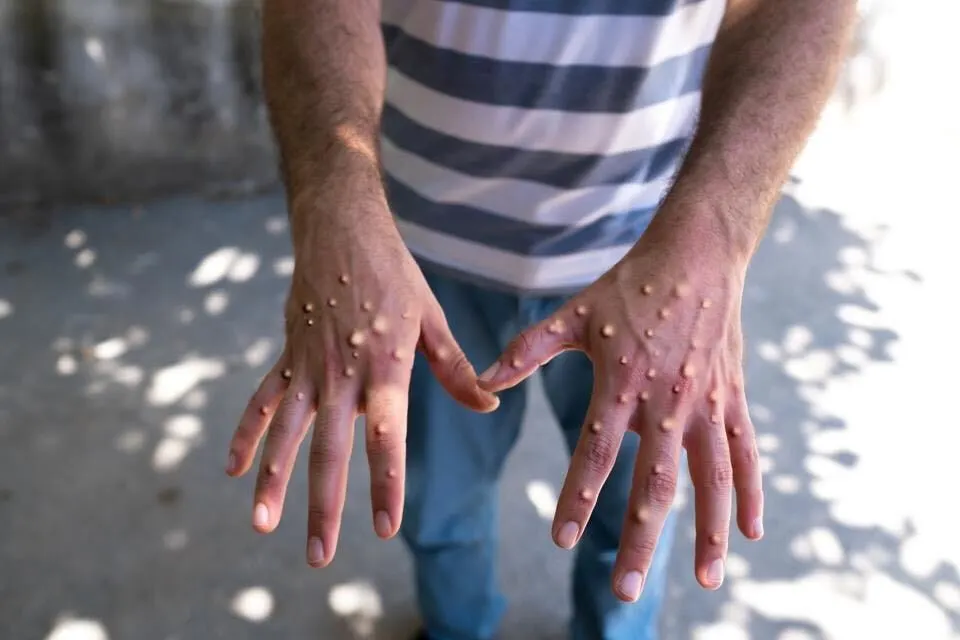Latest from the world:
524 people have died
Over 14 thousand active cases in the world
17 countries have reported outbreaks

How is the MPOX virus transmitted?
The MPOX virus is transmitted to humans through close contact with an infected animal or person.
Animal-to-human transmission usually occurs through bites, scratches, or direct contact with the blood, body fluids, or wounds of an infected animal.
Human-to-human transmission can occur through:
- Direct contact with skin lesions, body fluids or respiratory droplets of an infected person.
- Prolonged face-to-face contact with an infected person.
- Touching contaminated objects, such as bedding or clothing that has been in contact with infectious material, although this is a rare mode of transmission.
- The virus enters the body through broken skin, the respiratory tract or mucous membranes (which include the eyes, nose and mouth).

What are MPOX symptoms?
Symptoms include fever, headache, muscle aches, and a rash that may appear on the face, hands, feet, and other parts of the body. The rash eventually forms pustules and scabs before healing.
A pimple – which looks like a large white or yellow pimple – is a small, raised bump on the skin filled with pus.
Lymph nodes, bean-shaped glands that are part of the immune system, can also swell as they try to fight the virus.
The virus can last 2-4 weeks. It can take three to 21 days to develop symptoms after being exposed to the virus. However, a person can transmit the disease to others 1-4 days before symptoms appear.
MPOX can be identified by testing a sample of fluid scraped from the rash.






